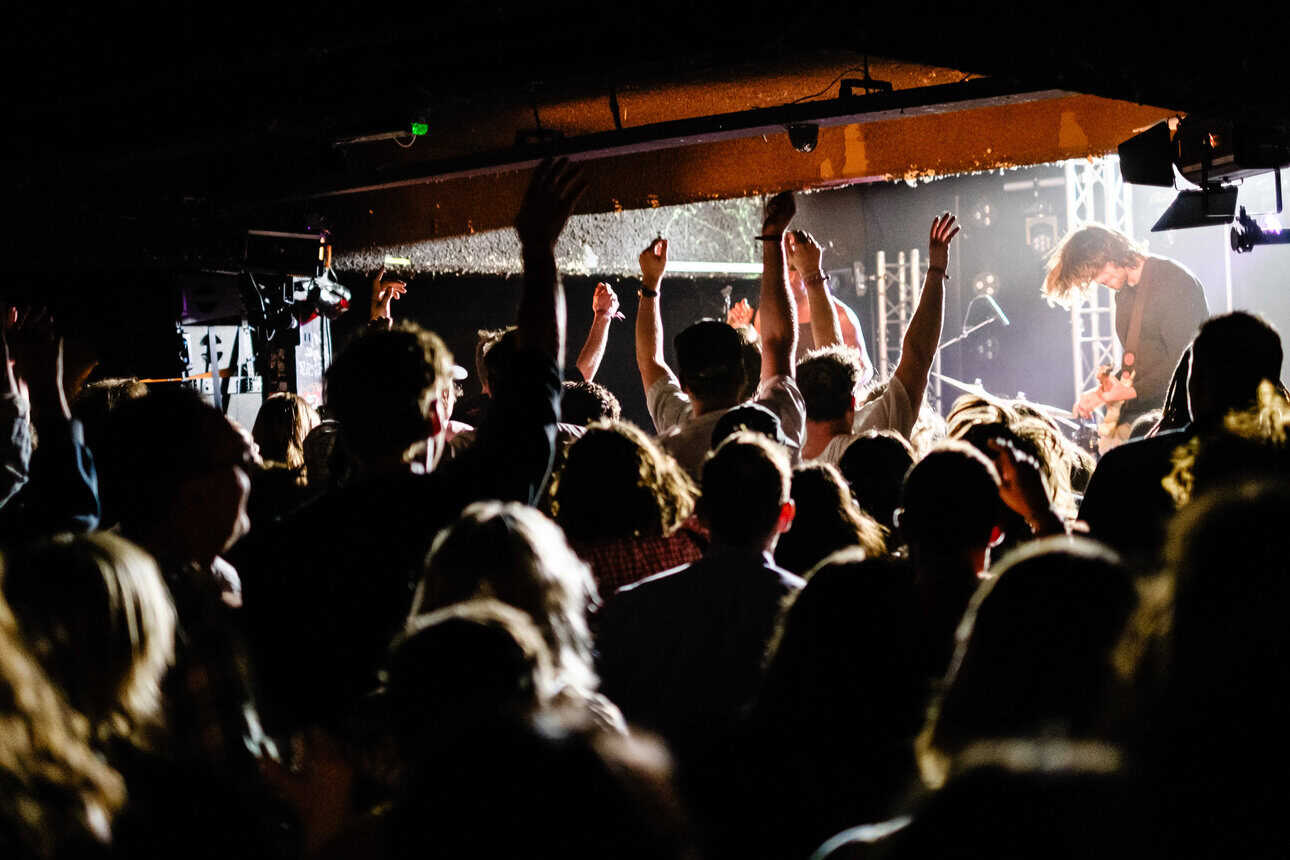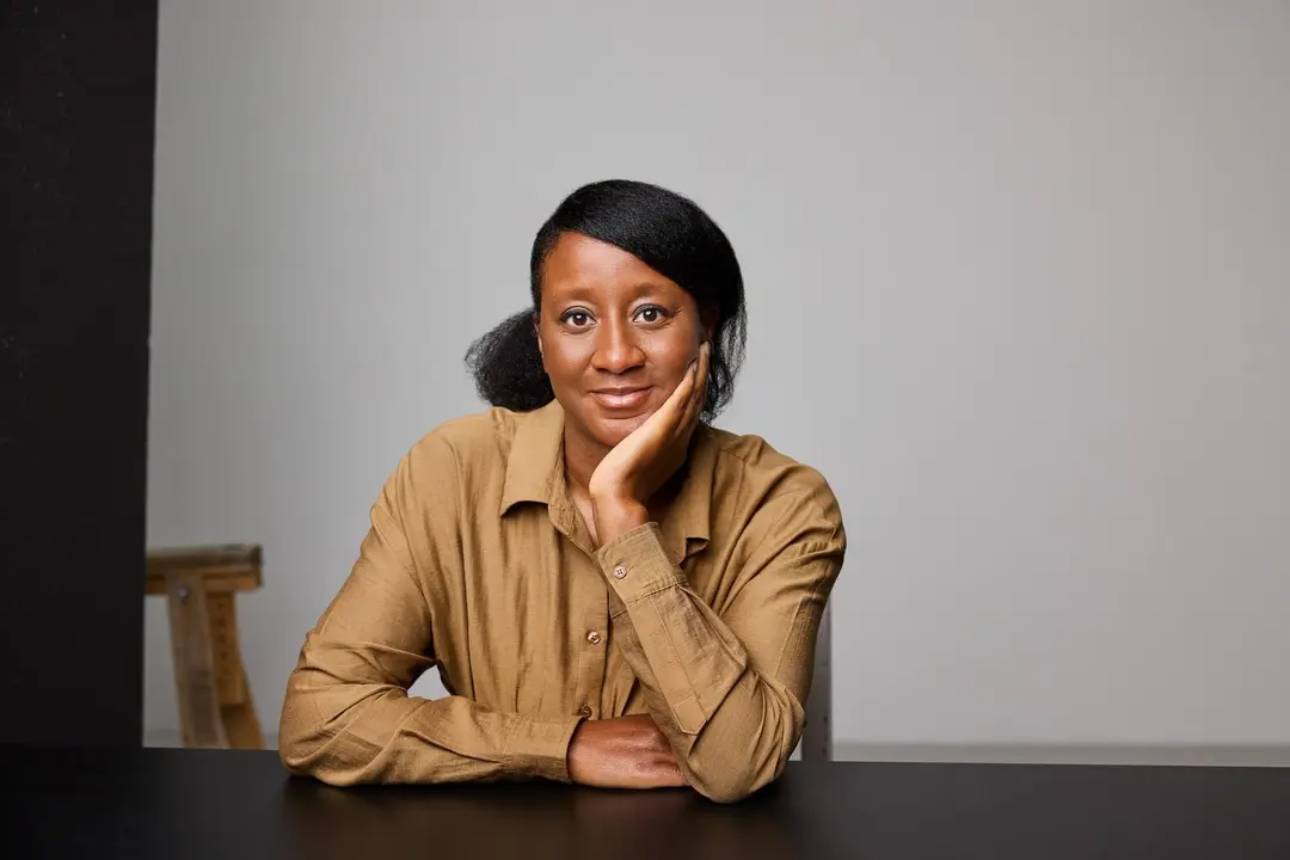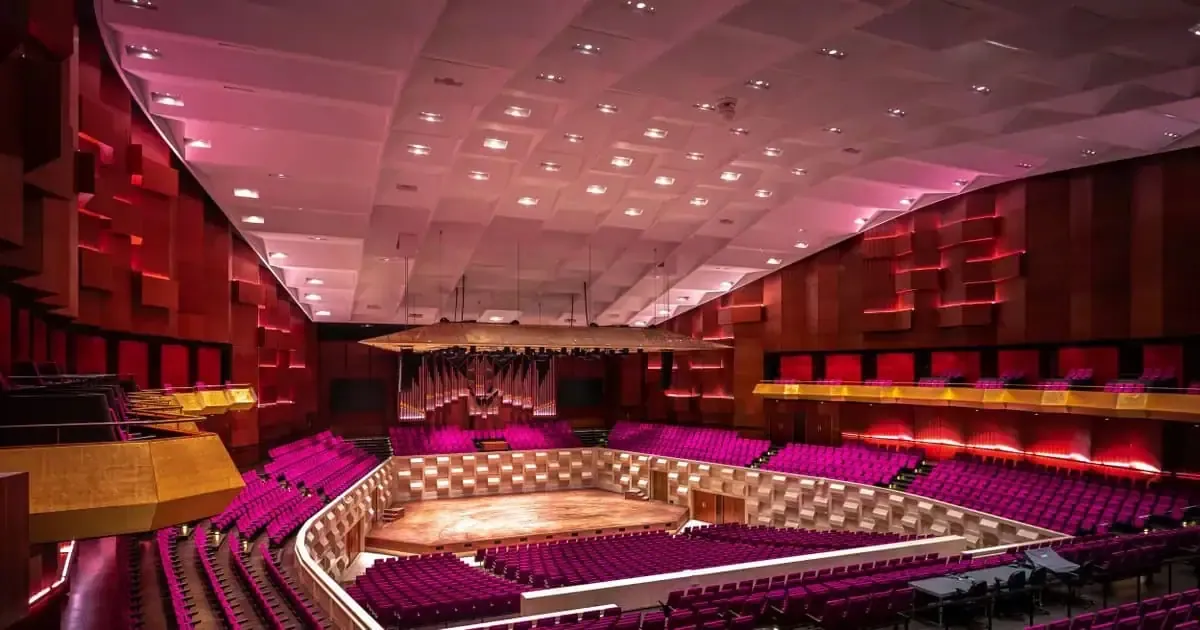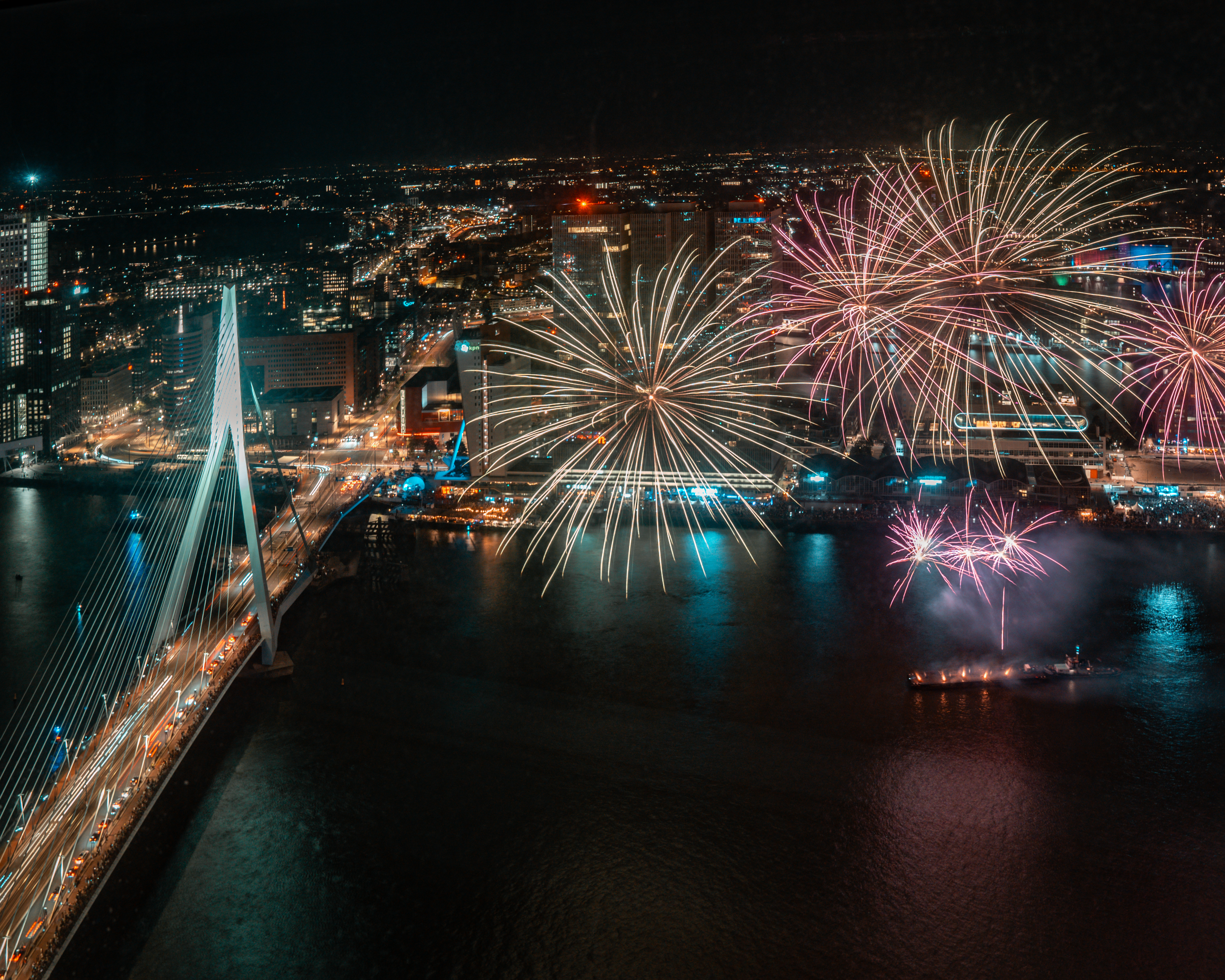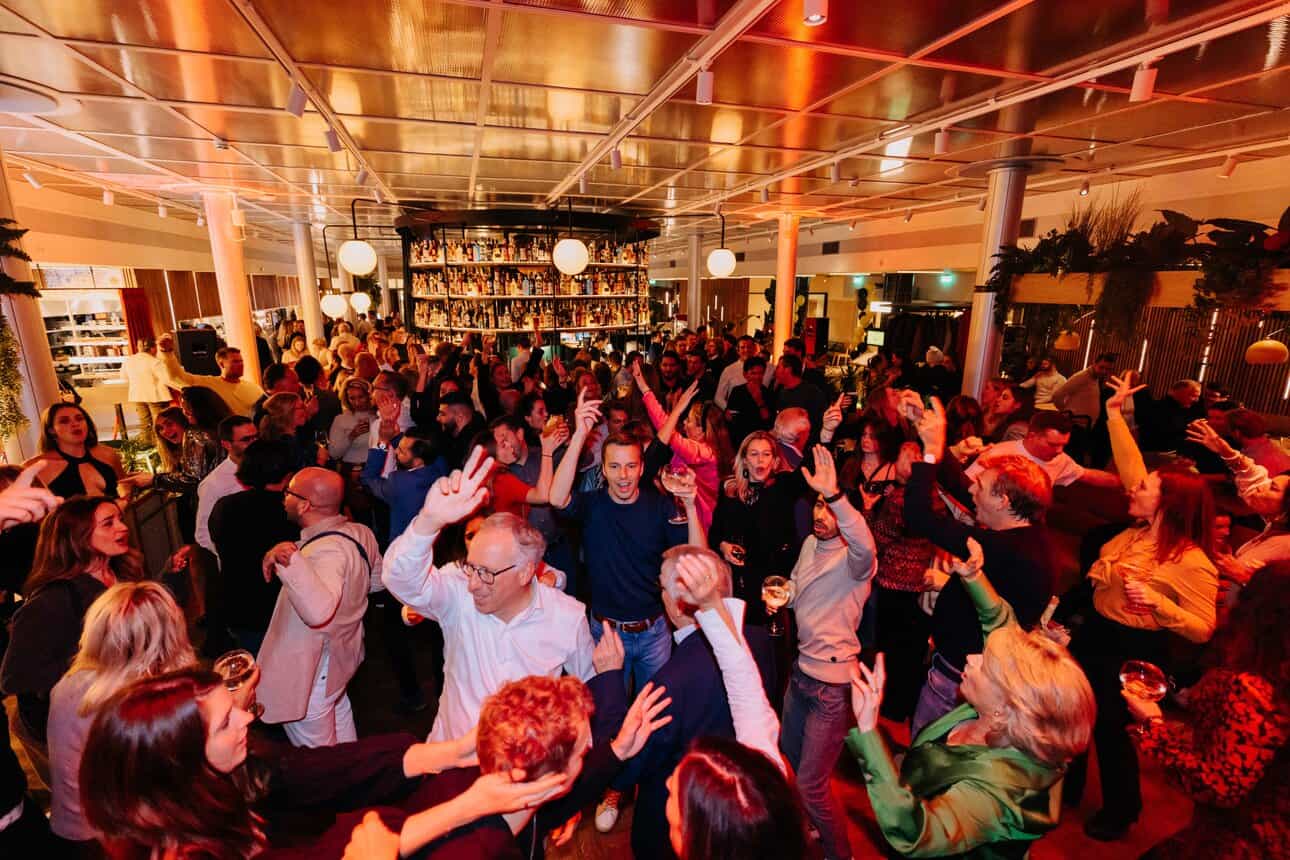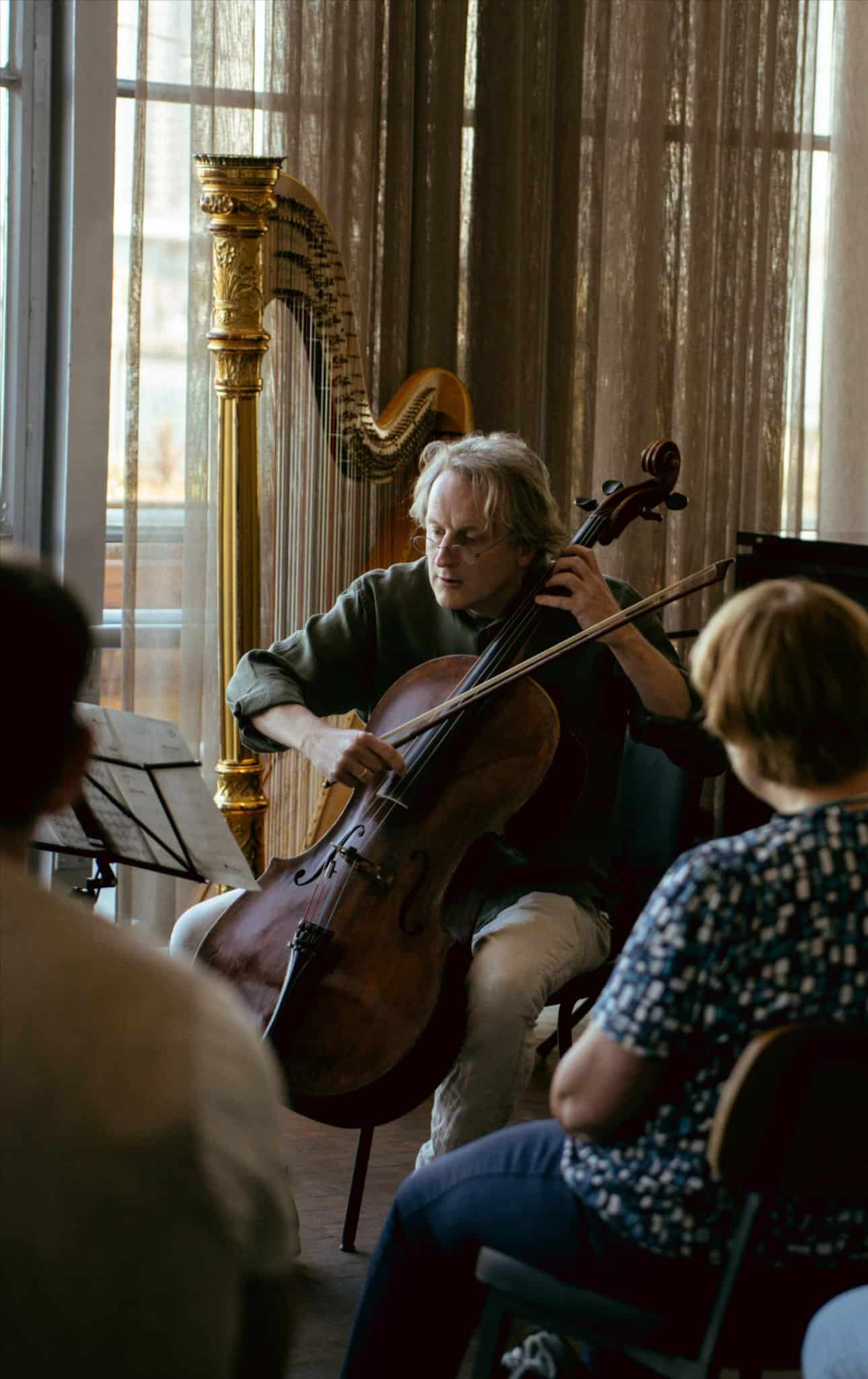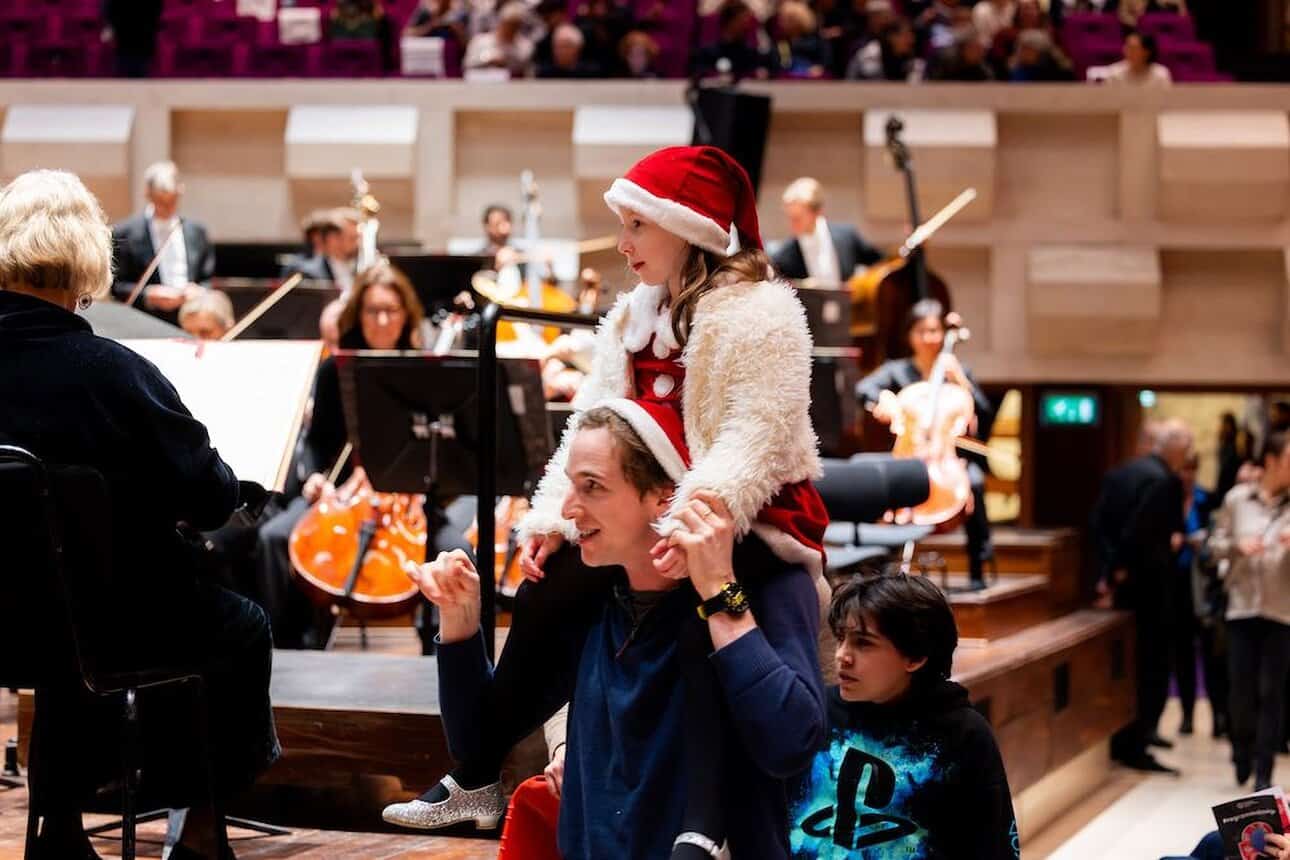ROTTERDAM, 4 December 2025 – MOMO Festival 2026 has expanded its line-up with 22 new names, ranging from experimental pop to performance and choreography. In April, Motel Mozaïque will again spread music, art and performance across multiple Rotterdam venues, from intimate club spaces to theatre stages.
Motel Mozaïque has announced a substantial new wave of artists for MOMO Festival 2026 (MOMO Festival), the three-day multidisciplinary event that links live music to performance and visual work across the city. The programme now includes Obongjayar, Zimmer90, The Orchestra (For Now), anaiis, CHARLOT and Femke Gyselinck / GRIP & Lander Gyselinck, alongside earlier confirmed acts such as Weval, Boko Yout and Mandy, Indiana.
The festival will take place from Thursday 16 to Saturday 18 April 2026 at various locations in Rotterdam, building on its long relationship with spaces such as BIRD, Rotown, theatres in the city centre and unexpected temporary venues. More names will be added in the run-up to April, with Motel Mozaïque aiming for a blend of emerging artists and more established acts.
MOMO festival adds 22 new acts for 2026
The newly announced artists for MOMO Festival 2026 are: Obongjayar, Zimmer90, 15 15, Adult DVD, anaiis, CHARLOT, CUSK, KABEAUSHÉ, Khadija El Kharraz Alami & Reda Senhaji (Cheb Runner), Femke Gyselinck / GRIP & Lander Gyselinck, Lubiana, Mehdi Dahkan, My First Time, Naima Bock, Nell Mescal, Olive Jones, Romy Liz Rose, Sarah Julia, The Orchestra (For Now), Touki Delphine, Truman Sinclair and waterbaby.
Together they bring a wide range of styles to Rotterdam: from folk and Americana to neo-soul, from baroque-leaning post-punk to dance-focused electronics. The curatorial approach remains typical for MOMO, where line-up choices are as much about atmosphere and storytelling as about genre labels.
Returns and debuts on rotterdam stages
Nigerian artist Obongjayar returns to MOMO after a much talked-about performance at the 2019 edition in BIRD. His latest album Paradise Now weaves highlife, pop, psychedelic rock and dancehall into a layered sound that reflects his background between Nigeria and the UK. International media have highlighted both his stage presence and his shifting vocal register.
German duo Zimmer90, made up of Finn Gronemeyer and Joscha Becker, brings an alternative pop sound built on gentle synth pads, disco-influenced basslines and percussion-led dance rhythms, combined with Joscha’s recognisable vocals. Their song “What Love Is” went viral, and their set is likely to appeal to Rotterdam audiences who enjoy melodic electronic pop in a live setting.
Folk and Americana are represented by artists such as Romy Liz Rose, Naima Bock and Nell Mescal, alongside the harmonies of Sarah Julia and the songwriting of Truman Sinclair. CUSK moves somewhere between folk rock and post-punk, showing how guitar music continues to evolve on smaller festival stages.
Soul and R&B arrive in different forms: Olive Jones with British soul pop, Lubiana with a spiritual and modern style, anaiis with progressive neo-soul and waterbaby with experimental, lightly distorted R&B textures. On the electronic side, the festival presents the dance pop of 15 15, disco-punk and rave-inflected chaos from Adult DVD, hyperactive pop from KABEAUSHÉ and playful punk electronics from My First Time. The Orchestra (For Now) works with darker baroque post-punk, while CHARLOT offers atmospheric synth-pop.
Performance and art across the city
Beyond concerts, MOMO Festival continues to programme performance and visual work that shifts attention away from the usual stage format. In 2026, this includes the Dutch première of Figures of Speech, a rhythmic group creation by Lander and Femke Gyselinck / GRIP, which explores movement and speech patterns in a collective setting.
The programme also features AJJIT, a poly-rhythmic work by theatre maker Khadija El Kharraz Alami and producer Reda Senhaji (Cheb Runner), as well as DRIFTING by Touki Delphine, which creates a meditative underwater world. Choreographer Mehdi Dahkan brings KMs of Resistance, a piece built around breathing and endurance. These works are scheduled to appear in theatre spaces and unconventional locations, adding to the festival’s city-wide character.
Twenty five years of motel mozaïque in rotterdam
Motel Mozaïque was founded in 2001, when Rotterdam was European Capital of Culture. Since then, MOMO Festival has returned annually with editions that often use the city itself as a stage. Over the years, the festival has appeared in venues such as the former Nighttown, the old LantarenVenster cinema, a temporary church on Schouwburgplein and even on the roof of the Hofbogen railway arches.
Across a quarter of a century, the organisation has hosted acts including Antony Szmierek, The Last Dinner Party, Fontaines D.C., Big Thief, Mahalia, Kokoroko and Black Country, New Road, alongside performances by makers such as Ann Van den Broek, Voetvolk and Amenti. MOMO Festival has become a fixed point on Rotterdam’s cultural calendar, connecting audiences with new work while using familiar and lesser-known city spaces in unexpected ways.
Tickets and practical information
MOMO Festival 2026 takes place from Thursday 16 to Saturday 18 April 2026 at multiple locations in Rotterdam, including music venues, theatres and temporary festival sites in and around the city centre. A festival pass costs €100, while early bird day tickets start at €30. Tickets are available via motelmozaique.nl.
The current line-up for 2026 includes Obongjayar, Weval, Zimmer90, Adult DVD, anaiis, BCUC, BINA., Boko Yout, CHARLOT, CUSK, Djuwa Mroivili, Emma Hessels, Femke Gyselinck / GRIP & Lander Gyselinck, Jana Jacuka, Joshua Idehen, KABEAUSHÉ, Keo, Khadija El Kharraz Alami & Reda Senhaji (Cheb Runner), Lubiana, Mandy, Indiana, Mehdi Dahkan, My First Time, Naima Bock, Nell Mescal, Nep, Olive Jones, Rival Consoles, Romy Liz Rose, Sarah Julia, The Orchestra (For Now), thredd, Touki Delphine, Truman Sinclair, Tyler Ballgame and waterbaby. Further additions will be announced in the coming months.

